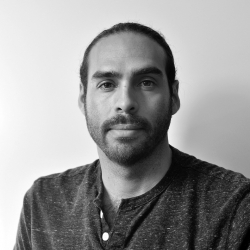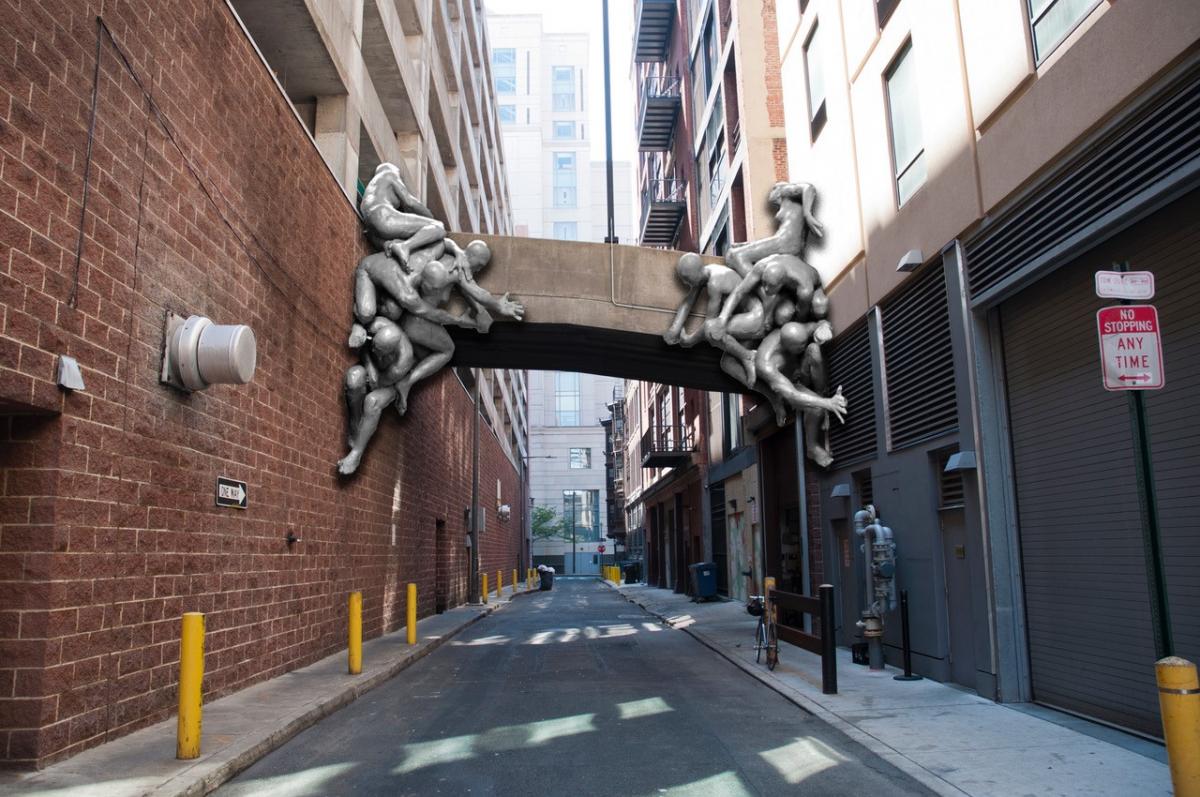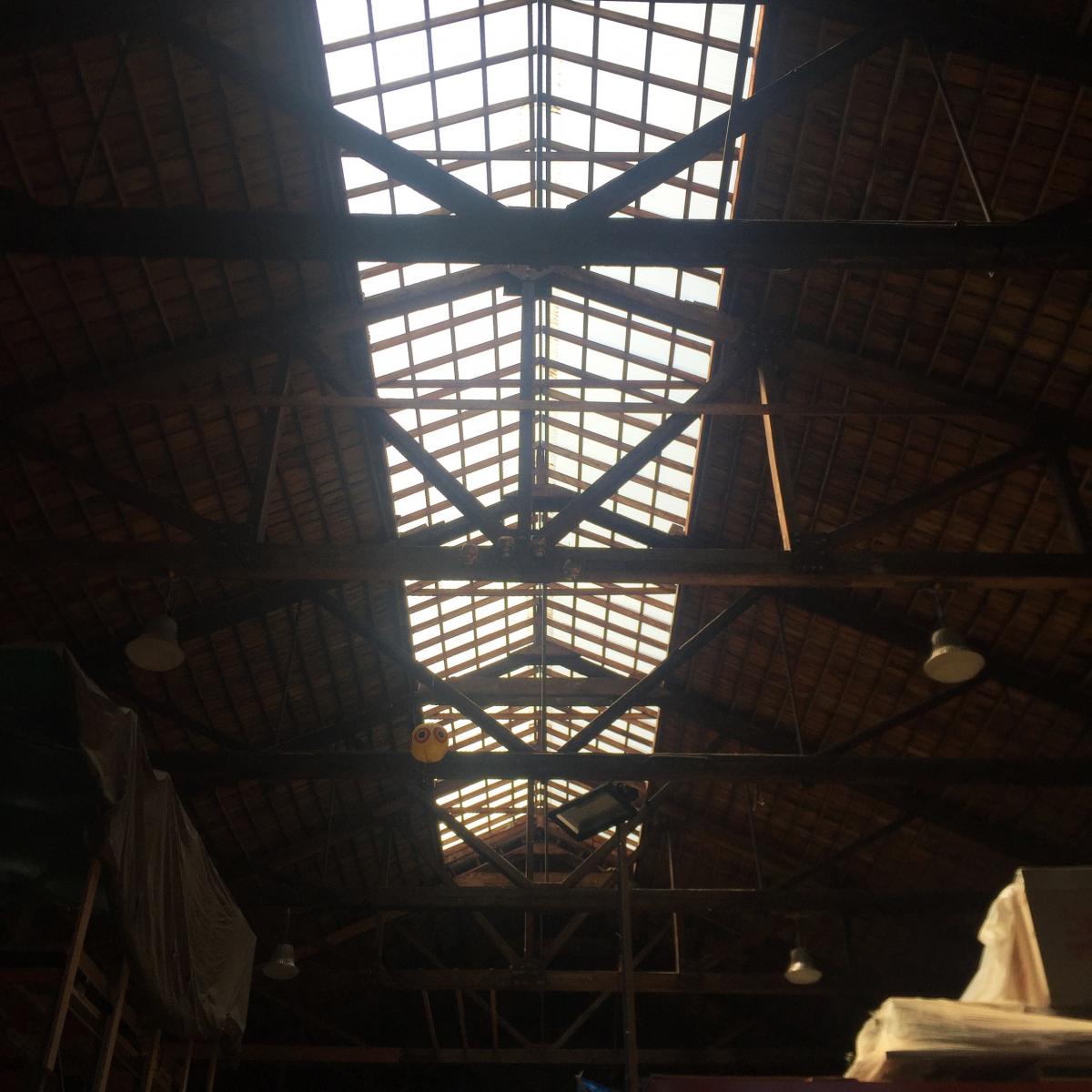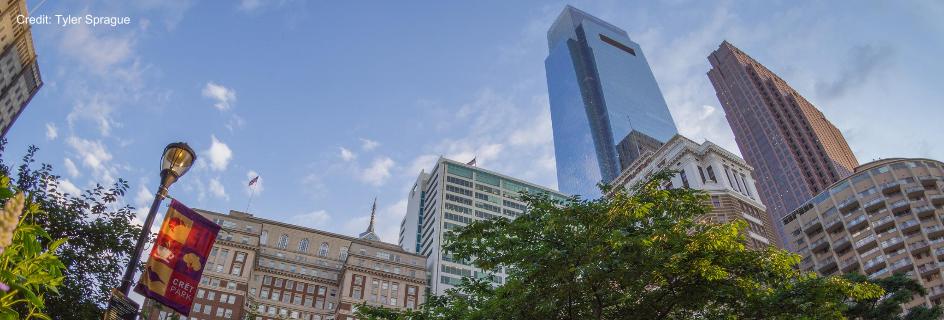- About GPA
- Global Events
- GLOBAL NEWS FROM PHL
- Global Directory
- World Heritage City
- Sustainable Development Goals (SDGs)
- Global Philadelphia Role on Sustainable Development Goals
- Completed Sustainable Development Goals
- SDG#1: No Poverty
- SDG #2: Zero Hunger
- SDG#3: Good Health & Well-Being
- SDG#4: Quality Education
- SDG#5: Gender Equality
- SDG#6: Clean Water & Sanitation
- SDG#7: Affordable and Clean Energy
- SDG #8: Decent Work and Economic Growth
- SDG #9: Industry, Innovation, and Infrastructure
- SDG#10: Reduced Inequalities
- SDG#11: Sustainable Cities and Communities
- SDG#16: Peace, Justice and Strong Institutions
- SDG#17: Partnerships for the Goals
- Press
Home ›
A Global Conversation with Miguel Antonio Horn, sculptor
Posted on July 8, 2018

Article written by Will Becker on behalf of Global Philadelphia Association
Miguel Antonio Horn is a sculptor from Philadelphia with Colombian and Venezuelan roots. He received a certificate in 2006 from the Pennsylvania Academy of the Fine Arts and apprenticed for five years with Mexican artist Javier Marin. His large-format sculptures have been exhibited in Museo de Arte Contemporaneo de Tamaulipas, Brownsville Museum of Fine Art, University of the Arts, Pennsylvania Academy of the Fine Arts, Philadelphia Museum of Art, and as part of the Vancouver Biennale. His work is installed publicly in the Philadelphia region, Canada, and Mexico. He has received grants for workshops and artworks locally and internationally. He maintains a studio at the West Philadelphia artist-run workspace, Traction Company, where he organizes exhibitions and contributes to outreach and development.
Could you just tell me a little bit about yourself and what you've done before what you’re doing now in the arts?
I went to the Pennsylvania Academy of Fine Arts, which at the time was a really small-focused certificate program, not a degree-granting program. I was really drawn to the focus of sculpture and the painting programs at the time and I really got into studio practice in a very traditional and figurative track.
I spent a lot of time with models and all the processes around figurative sculpture. One of the things that I was always really interested in was working with the figure more contemporarily with contemporary technology and digital processes.
I think towards the end of the program I was still seeking that next kind of education, so I pursued an apprenticeship with an artist in Mexico City, Javier Marin. He's an incredibly prolific and successful artist. I had never seen anybody successful in sculpture like that, so I spent the next five years working for him, learning the business side of his practice and traveled with his work a lot internationally. I spent a lot of time working with institutions on installations and worked with his gallery at times so it was a whole different education for sure.
After 5 years, I found myself feeling kind of settled in my trade and wanting to focus on my own projects. I wanted to come back here to Philly and reconnect with the local community and was fortunate to find a studio here at traction company. It was kind of an easy situation to transfer back – the shop here was already set up so I had tools, I had the equipment, and some space in a beautiful building. I started organizing and coordinating exhibitions and doing public outreach for the studio trying to create opportunities for the artists working there.
Can you tell me about your time in Mexico City?
Yeah, it was incredible. I had never experienced a place so massive.
The unofficial count is that every day there are 30 million people in the city and 10 million of those people commute throughout the city. It's very much the epicenter of Latin America and one of the biggest cultural centers in Latin America, so there's a lot going on at all times. There's constantly exhibitions, fairs, concerts – it's like every day there's something and that was a big change from growing up here. It’s pretty inspiring to be living and working in that environment. There's a lot of movement all around you, public transit is so crowded and you lose all sense of personal space but despite that everyone is warm and welcoming and strangers look you in the eye on the street and acknowledge each other, not avoid each other. They are immensely proud of their history and the native cultures in a way and scale you don’t get here in the states. I think all of that that helped me reinforce the relevance of the human experience and the figure at a time I was struggling to find its place in my work.
You currently have an upcoming installation at Reading Terminal Market. Could you tell me more about that?
In 2015, the developer of the Hilton Home2 Suites at 12th and Arch Streets recommended me for a percent for art project for that location. At the first site visit, I noticed a very interesting, non-descript bridge spanning over Cuthbert Street that caught my attention. The 1200 block of Cuthbert starts right at the center entrance of the Reading Teminal Market, it is a one-way street and it dead ends at 13th, so there is very little traffic, essentially the only use is for deliveries to various adjoining buildings: The Fabric Workshop and Museum, Center for Architecture, etc. There is practically no pedestrian traffic, so I was interested in engaging this space with a public sculpture that would create some sense of discovery despite being surrounded by major tourist destinations.
The bridge is a really random piece of architecture, and I instantly got excited about how an intervention there could enhance the experience of that space. The composition is a spin-off a series of sculptures and drawings from a couple years back that interwove figures working in unison and working against each other and together. Fast-forward to two years later, in September 2017, we got the official okay from the City, so since then I've been working on a model that’s one third of the scale of what would go up.
Each one of the eight figures is going to end up being about 15’ feet tall. I have a piece in the lobby of the Logan hotel of a topographical figure made out of steel plate and it creates this kind of pixelated recreation of the form and a lot of the current work that I do is like that – The bridge composition will be constructed in this fashion.
The whole project is really interesting because in the middle of downtown right by the Convention Center there's all this stuff going on and there's this little alleyway that I didn’t know about and now I get to try and activate this space using public art.

A model of the installation at 1/3rd of the scale
Where would you say you draw a lot of your inspiration?
With each project, I look at local histories and traditions and try to find a connection to our current experience as a starting point. With the Cuthbert Street bridge I wanted to try and reimage the traditional role of the figure in architecture with my contemporary figuration.
Historically, it’s always kind of been this ornamental thing that you would fit within niches and corbels to support structures, and this is kind of reimagining that more so as a prominent form. I’m still following the kind of innate sense of design of how they would be functioning but trying to look at the role of that tradition today.
The title of the piece is ‘Contrafuerte’ which literally means "a buttress," and somewhat describes their function, but in Spanish, the title has a word play – like a counter force or against strength. I think this nicely describes the way these individuals in the composition interact with each other and with the bridge they are raising/sustaining. They are struggling with this daunting task and defying all conventional logic and gravity in doing so. Which I think kind of really speaks to this current feeling that there's a there is a capacity of a community to confront an overbearing force of strength in society. This is my monument to collective action.
Generally, when we look at contemporary architecture and public art, you know there's less and less evidence of the human experience, so I think it's easy to kind of get lost here, feel disconnected or to not relate to the built environment around you. I hope that this artwork elevates the role of the individual and community in the public sphere and is just a reminder if you come upon it of your own capacity to exact change.

A full-sized depiction of the installation at its location
Could you tell me more about the history of your studio?
So this is called building K – out of ABCDEF, etc. – it was K of this whole campus of the Philadelphia Traction Company, which was the precursor to SEPTA. This was a carpentry shop and across the street were the stables – it was a horse-drawn trolley company.
So this building is from the mid-1800's. The place was slated for demolition in the 90s and luckily the owner bought it and saved it, but to maintain something like this is too much for one person. I hope that buildings like this and others at risk could be more protected, because it’s important to preserve Philadelphia’s history. I don’t think there’s any place in the city that has a 45-foot skylight like this.

A view inside of ‘Building K’







